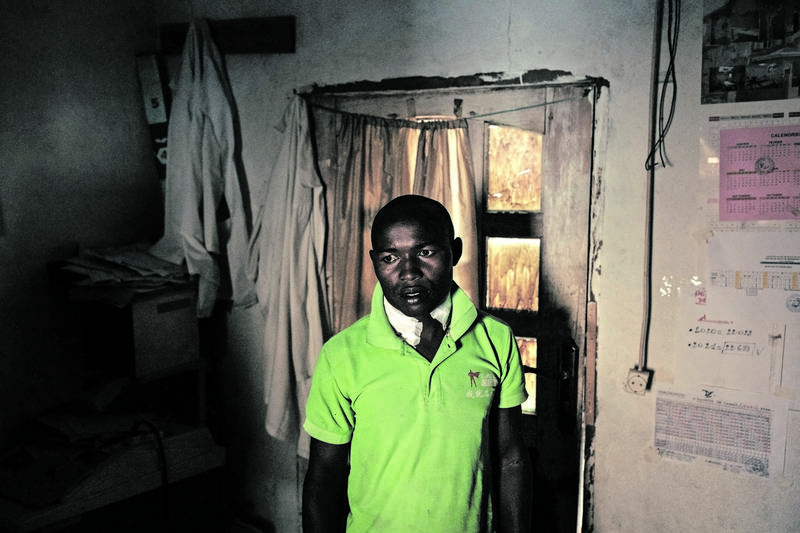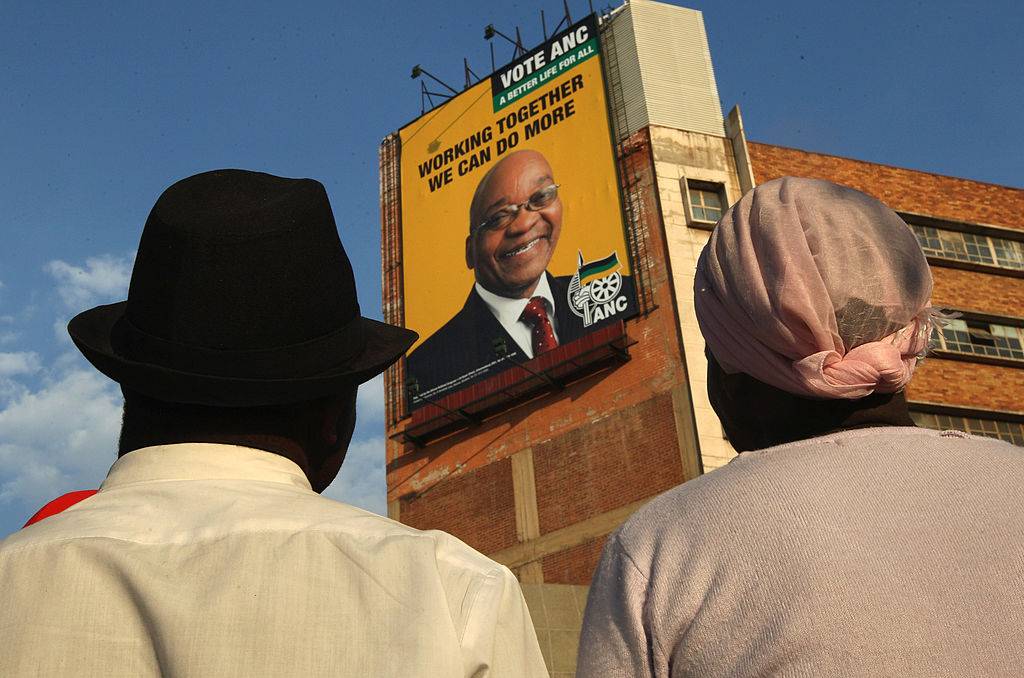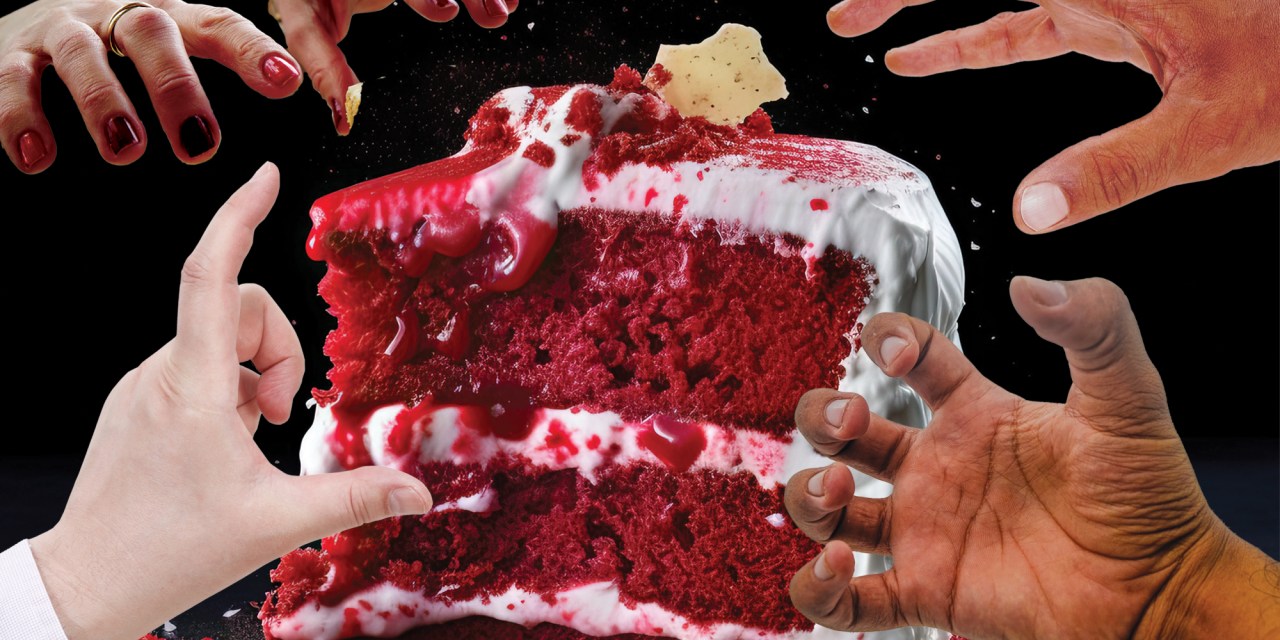Adam Welz’s book, The End of Eden: Wild Nature in the Age of Climate Breakdown, ought to be read by everyone … and their children.
It’s a kind of coming of awareness book about our tragic destruction of wild nature, written by a Pretoria boy who says that his love of nature started as a teenager “exploring vacant lots and neglected natural areas on the city’s ragged edges with snake-obsessed buddies,” and then falling in awe at the natural world around him.
“Wild creatures offered me an escape from the conformist, white supremacist society of my youth. Wild species generated interest, demonstrated beauty, and inspired engagement with new worlds.”
40 years later that wonder remains. But today it’s mixed with a deep solastalgia about the rapid breakdown of nature and the ecocide we are perpetrating on the species with whom we share the Earth. So that today Welz admits that “although I’ve researched and written this book about it, I still haven’t figured out what to tell my children about it …”
As a result of admissions like this (which comes only in the conclusion), readers will feel that this is a deeply personal and heartfelt book. And yet it’s not a book about our foul brood. It’s a book about all the other species we are condemning to death or have already dispatched to extinction.
If you’ve heard talk about the “sixth mass extinction” but not really understood what it means or looks like, what its causes and consequences are, this book will draw the picture for you.
If you’ve caught the news about warming oceans and melting polar ice-caps, gigantic fires and rain bombs, this book will join dots to help you understand why this is happening and what its consequences already are.
And it will do so in technicolour brilliance, filling you with wonder at the natural world, its connectedness, bio-diversity and beauty.
In my view, on the pantheon of books about nature, the environment and the climate crisis it’s on a par with Rachel Carson’s 1968 book, Silent Spring and David Wallace-Wells’ The Uninhabitable Earth.
What a wonderful world
For many readers books or articles about climate change are a turn-off. Humans are disaster averse, especially when we have caused the disaster and it’s something that is happening to us, but not yet directly felt by us (or so we may think).
But please put aside your fright response; this book is different. It’s as necessary to understanding life as giving children an understanding of the birds and the bees — except that it is about the birds and bees.
What is also unusual about The End of Eden is that this is not a book about the impact of climate change on humankind (those books have been written), but on the infinite multitude of systems and species that surround us. Its empathy is more outward than inward.
Viewed as a whole End of Eden is a book of seeming contradictions and opposites. It will trigger in you an array of emotions.
It’s a book that combines scientific precision in its description of how nature ‘works’ — with poetic wonder at the beauty and seeming impossibility of it.
Says Welz: “I feel that people who don’t share my nature fascination, who confine their attention solely to our species, are missing out on most of life. Being aware of the wild creatures around me adds what I can best describe as an ever-expanding extra dimension to my world … Although many people alive today have never exercised these abilities and thus are nature-blind and ecologically illiterate, humans are built to tune into nature.”
(This passage suddenly brought to mind George Orwell’s wonderful essay, Some Thoughts on the Common Toad, which has “about the most beautiful eye of any living creature”.)
Thus, it’s a book of celebration of the species that inhabit this planet and simultaneously a requiem for their demise.
For example, writing of the African Penguins, “a unique bird that has lived around the Southwestern corner of Africa for a very long time” Welz laments that from a population of a million pairs a century ago, their numbers were down to fewer than 20,000 by 2022 and “declining at a rate of 5 per cent a year. The species is projected to become functionally extinct by 2035.”
So too is the Afro-Siberian Red Knot, and many other species whose tales and tragedies Welz recounts.
Looking back to the beginnings of the Holocene, End of Eden feels like a brief history of all time and a lament of the dangers of the Anthropocene. Now time.
Patiently, but urgently, it tells the stories of whole ecosystems and the individual species within them. In its pages you will encounter species as diverse as the cheetah, the Afro-Siberian Red Knot and the Puerto Rican Iguaca; the life of coral (“faceless but beautifully formed, brainless but coordinated, motionless but alive)” and Cape fynbos (a botanists’ Shangri-La, a horticulturalists’ treasure trove, a naturalists Pandora’s box”); the bottlenose dolphins of Galveston Bay and Moose and Saiga antelope; the Joshua Tree and the Southern Pine Beetle — each in different ways threatened by climate breakdown.
It’s about complex systems and how simple it has become for humans to break them.
And at what cost.
Ecocide and extinction
The higher you rise in this wonderful world, the harder the fall.
Much of what Welz describes is under threat and some of it may already be gone. And into the spaces we destroy or inhabit we plant flora that is more important to us for its functionality, than its diversity.
For example, whilst on one page Welz tells us that the Cape Floral Kingdom contains almost 10,000 plant species (“over half the number found in the USA but in less that 1/1000th of its area”), on another we learn that “lawn grass is the United States’ largest irrigated “crop,” covering more land than irrigated corn, wheat and fruit orchards combined.”
Shame on us.
Reading about the tragedy of climate breakdown led me to recall a clutch of lines from one of my favourite poets, John Keats. Two hundred and seven years ago in the face of what Keats feared was rampant industrialisation and the despoiling of nature, he promised his readers that:
A thing of beauty is a joy for ever:
Its loveliness increases; it will never
Pass into nothingness; but still will keep
A bower quiet for us, and a sleep
Full of sweet dreams, and health, and quiet breathing.
(Endymion, 1817).
“Never pass into nothingness”? That’s no longer true. In the Anthropocene era millions of things of beauty are passing into nothingness. And only we are to blame.
Keats must be turning in his grave.
To be … hopeful or hopeless? It’s a question of power
Welz believes that “The primary responsibility for climate breakdown lies with the rich.” Although he doesn’t dwell on the point, the facts bear him out. According to a report in The Guardian the richest 10% of humanity account for 50% of emissions, whilst “the hundreds of millions who live in extreme poverty … barely register in terms of greenhouse gases”.
Read more in Daily Maverick: Seven climate tipping points that could change life as we know it
It’s a case of inequality of cause and inequality of consequence. In this context, Welz bemoans the fact that climate breakdown and whether we can mitigate the harm we are causing is ultimately a matter of power:
“It’s not enough that climate science is clear and that we have the tools to reduce dangerous emissions. It’s not enough that millions of people around the world are rightfully concerned about climate breakdown and want to prevent it. Resolving the climate crisis requires intelligent, courageous people to gain and use political and economic power.”
There’s the rub. We the people don’t have power (or we think we don’t) and the people who do have better things to do … often like waging war, amassing wealth, and planning trips to space.
So, is there any room for hope?
This question was asked to Welz at a book launch in Johannesburg. He says he is wary of answering it. Say yes, and people relax again. Say no, and debilitation sets in.
Human Rights Watch (HRW), for example, says people should not “succumb to despair nor miserabilism.”
On Earth Day this year, HRW drew attention to four positive environment stories.
- Negotiations around a legally binding international agreement on plastic pollution;
- A landmark case at the European Court of Human Rights where a group of women from Switzerland successfully argued Switzerland’s failure to reduce greenhouse gas emissions is a violation of human rights;
- “New regulations introduced by the US Environmental Protection Agency requiring more than 200 petrochemical plants to curb toxic pollutants; and
- A landmark case at the Inter-American Court of Human Rights which found the government of Peru responsible for violating the right to a healthy environment of residents from the town of La Oroya, who’d been exposed to extreme levels of toxic lead and other metals from a mine and smelter complex.
According to HRW these “bright spots” show that some people are fighting back and winning “– often when they use human rights as the framework of their arguments”.
Maybe.
There’s no doubt that climate crisis activism is yielding results and that an energy transition is now underway. But honestly, it’s not nearly enough or fast enough.
In a year of elections all over the globe, climate breakdown ought to be one of the number one issues on which we assess the fitness of parties and politicians for office. It isn’t.
Read more in Daily Maverick: 2024 elections hub
So, much as I’d like to end on a note of hope, I’ll answer the question Welz avoids and say hope won’t come without human outrage and action at a much greater scale. It won’t come without removing the destructive elites who have used their wealth or power to capture democracy and subvert it for their own interests. And as we wait for that, get ready for another year of record temperatures and decimating species. As Welz says:
“The Earth doesn’t care about our thoughts and feelings, or even if our intentions are pure. Our actions matter ….” DM
![]()



 1 week ago
68
1 week ago
68

















